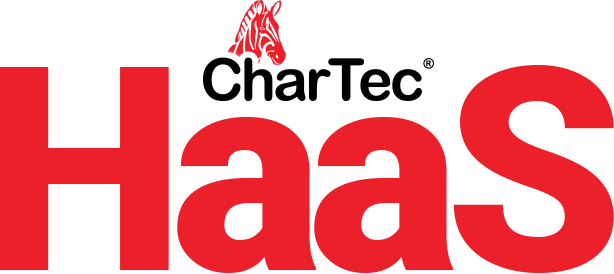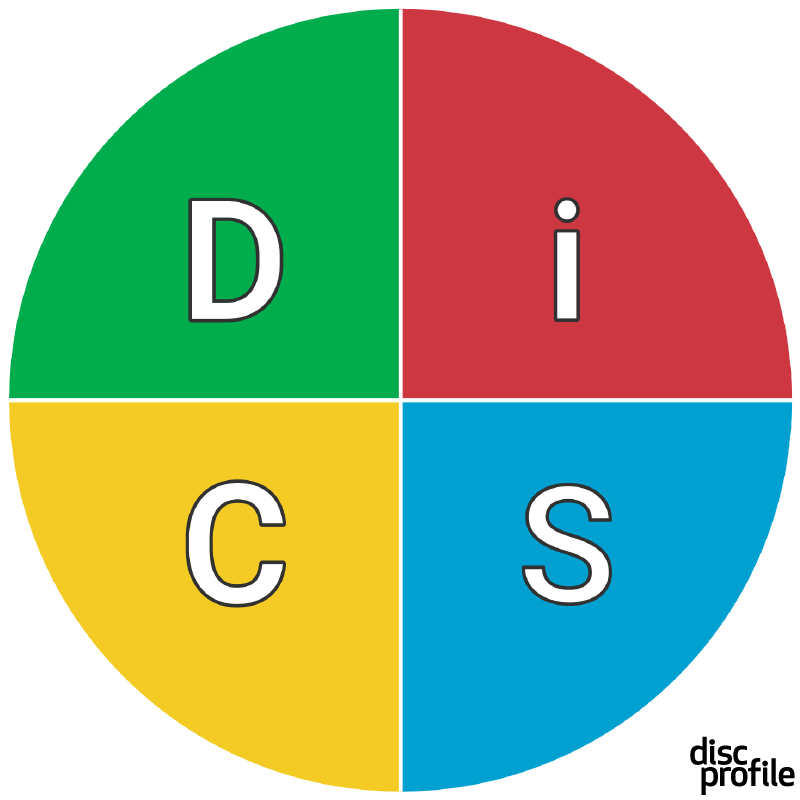
Top 5 Operational Challenges facing MSPs today
Brandi RogersShare
All businesses face operational challenges, and for many MSPs, the top concerns are constantly evolving. As the New Year begins, we are taking a look at the top five operational challenges MSPs are dealing with today, according to Dan Martin, director of operations at ARRC Technology and CharTec.






